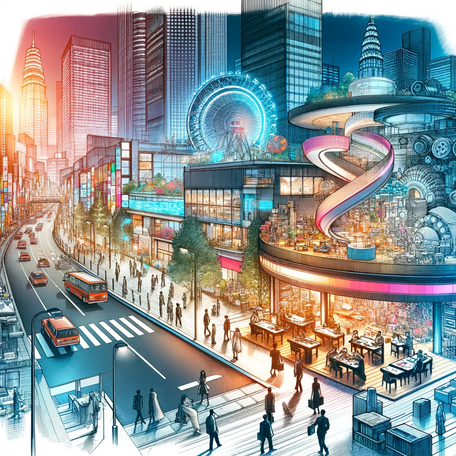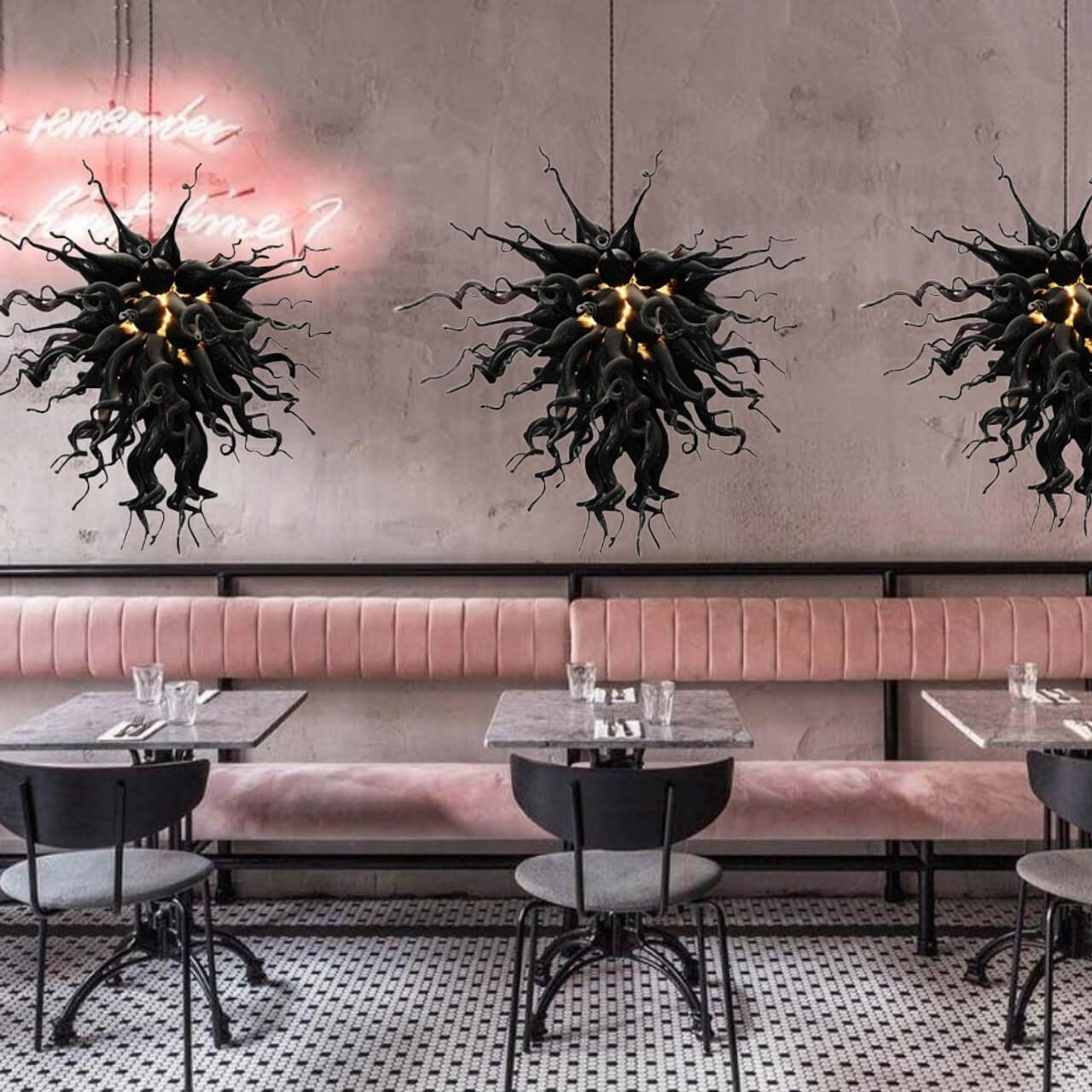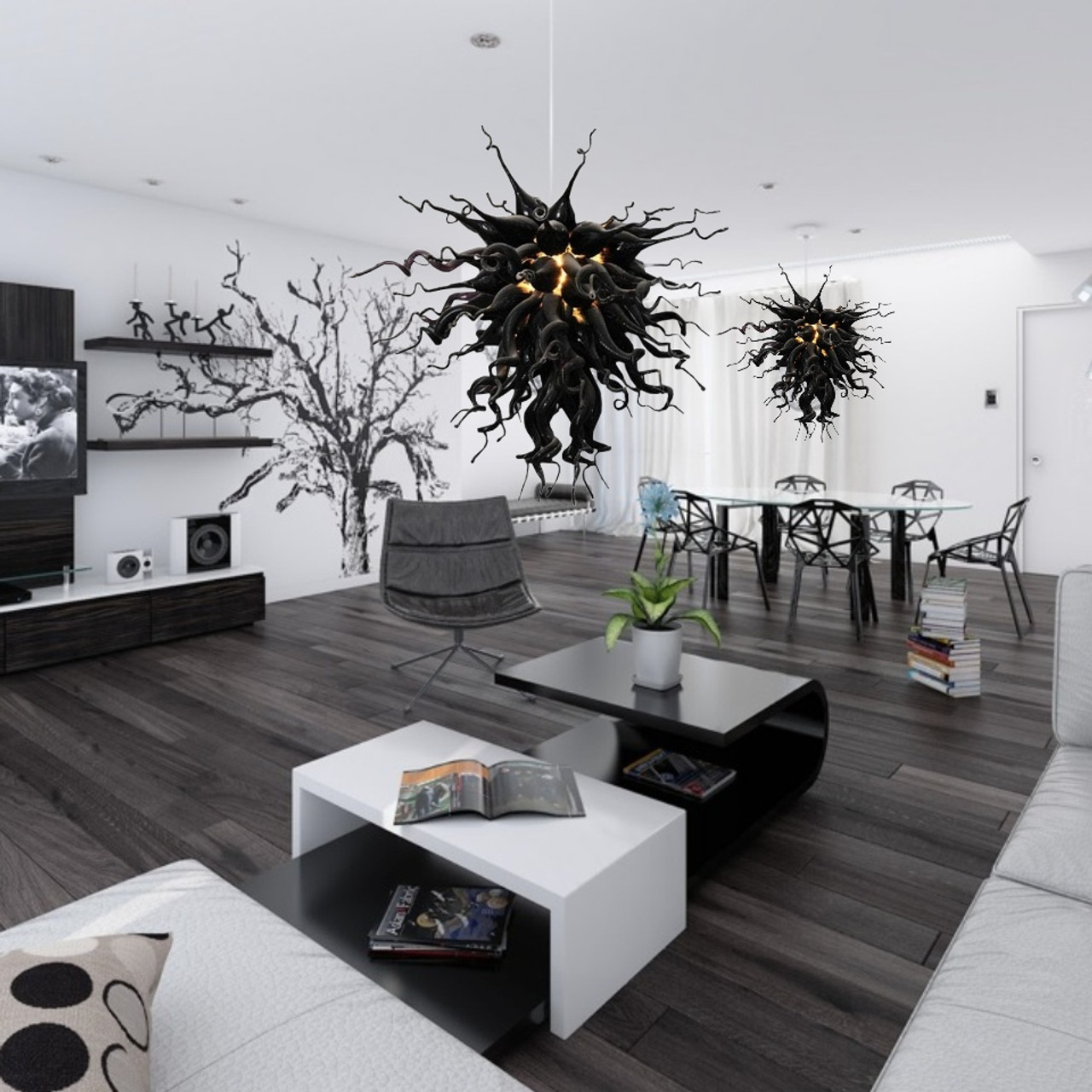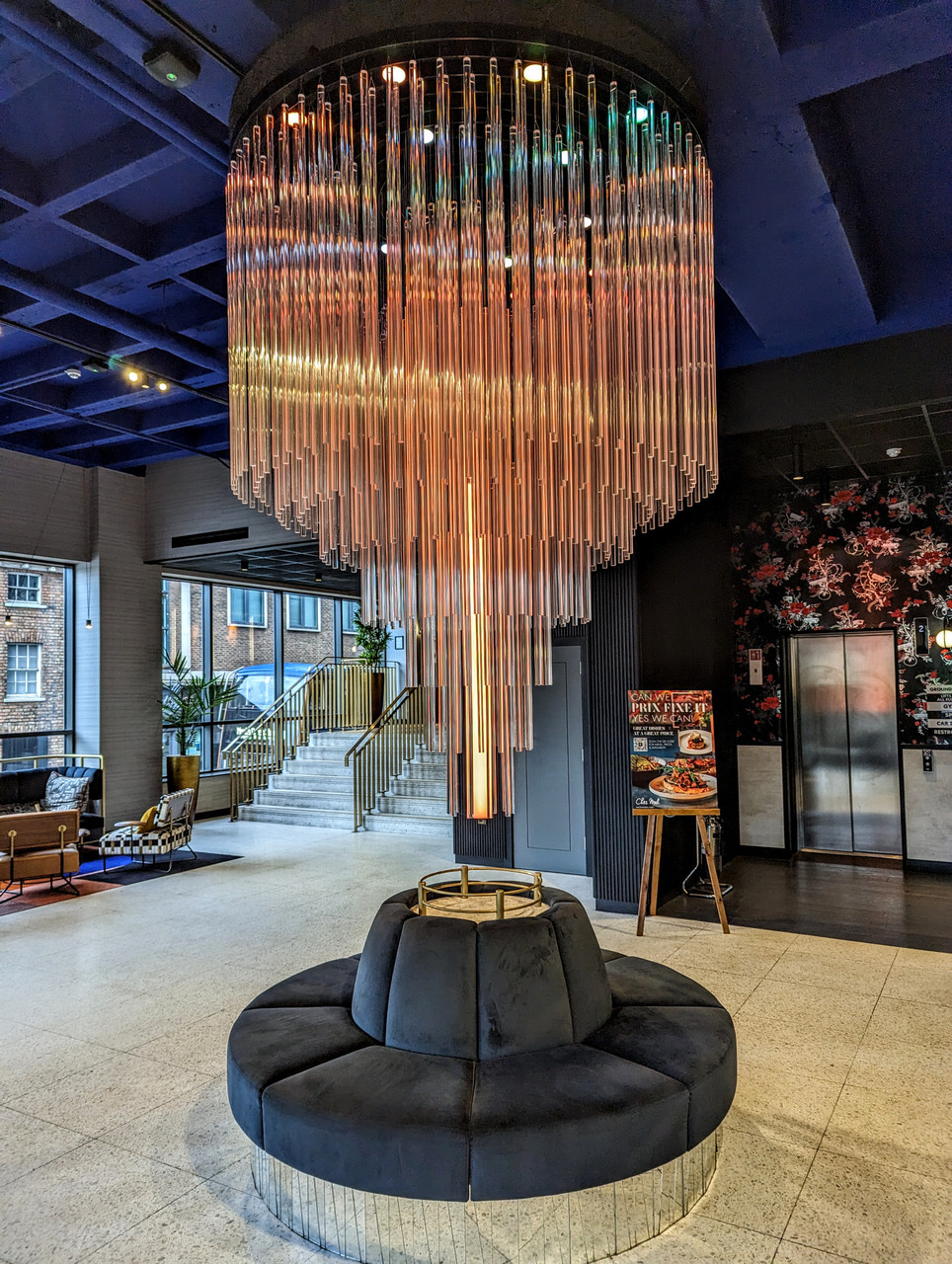The Architectural Design Studio Tokyo Scene: A Beacon of Innovation and Style
Jul 29, 2024
The Architectural Design Studio Tokyo Scene: A Beacon of Innovation and Style
I. Introduction
In
the heart of Japan lies a pulsating hub of creativity and innovation:
the design studio Tokyo scene. Renowned globally for its unique blend of
traditional aesthetics and cutting-edge modernity, Tokyo's design
studios are shaping the future of architecture and interior design.
These studios, with their cutting-edge approaches and visionary ideas,
are not just redefining spaces but also influencing design trends
worldwide. From sleek skyscrapers to minimalist homes, the Tokyo design
scene is a testament to Japan's rich cultural heritage infused with
contemporary flair. In this article, we delve into the essence of
Tokyo's design studios, exploring their evolution, key players, and the
impact they have on the global design landscape. This journey will offer
insights not only to architects and interior designers but also to
design enthusiasts eager to understand the dynamism of the design studio
Tokyo world.
II. Evolution of Design Studio Tokyo
The design studio Tokyo scene has evolved remarkably, mirroring the city's transformation from a historical capital to a modern metropolis. This evolution reflects a deep respect for tradition coupled with an eager embrace of the future, a duality that is distinctly Tokyo.
In the post-war era, Tokyo emerged as a breeding ground for architectural experimentation. Traditional Japanese design, known for its minimalist aesthetic and harmonious connection with nature, started blending with Western modernism. This fusion gave birth to a unique architectural language that the design studio Tokyo scene adopted and refined over the years. Iconic architects like Kenzo Tange and Kisho Kurokawa spearheaded this movement, pushing the boundaries of design and construction.
As Tokyo's economy boomed in the late 20th century, the design studio Tokyo scene gained momentum. Architects and designers in Tokyo began experimenting with unconventional materials, bold forms, and innovative building techniques. This era saw the rise of 'Metabolism', a movement that envisioned cities and buildings as organic, evolving systems. The Tokyo landscape was marked by iconic projects like the Nakagin Capsule Tower, epitomizing this futuristic thinking.
Entering the 21st century, the design studio Tokyo scene continues to evolve. Contemporary studios are not only focusing on aesthetic appeal but also on sustainability and functionality. There is a growing emphasis on eco-friendly materials, energy efficiency, and smart space utilization, reflecting global concerns about environmental sustainability.
The design scene's evolution is a narrative of resilience, innovation, and a constant quest for harmony between the old and the new. This unique approach to design has not only shaped Tokyo’s skyline but also left an indelible mark on the global architecture and design community. It’s a testament to the city’s unyielding spirit and its relentless pursuit of architectural excellence.
III. Key Players in the Design Studio Scene
The design studio Tokyo landscape is rich and varied, home to numerous firms that have made significant contributions to both local and global architecture. These studios, with their diverse philosophies and styles, form the backbone of Tokyo's reputation as a design capital.
Sou Fujimoto Architects, known for their innovative approach to natural light and space, have redefined modern living spaces. Their projects, such as the Final Wooden House, challenge traditional notions of architecture, emphasizing the relationship between human, building, and nature. The studio's work exemplifies the design scene's inclination towards blending indoor and outdoor environments seamlessly.
SANAA (Sejima and Nishizawa and Associates), led by Kazuyo Sejima and Ryue Nishizawa, is another pillar of the design studio Tokyo community. Awarded the Pritzker Prize, SANAA is celebrated for its minimalist aesthetic and transparent structures that harmonize with their surroundings. The Rolex Learning Center in Switzerland and the Louvre-Lens in France showcase their ability to create fluid, open spaces that encourage interaction and connection.
Atelier Bow-Wow, with its focus on "micro-public-space," explores the complexities of urban living and the potential of small, multifunctional spaces. Their work in residential buildings and cultural projects across Tokyo showcases the design scene's knack for innovative solutions to urban density and living.
Kengo Kuma and Associates stand out for their mastery of natural materials and the integration of traditional Japanese techniques with modern design principles. The Asakusa Culture and Tourism Center is a testament to their philosophy, offering a modern reinterpretation of classic Japanese architecture.
These key players, among others, highlight the design studio Tokyo scene's diversity and its global impact. Through their groundbreaking work, they continue to challenge and inspire, pushing the boundaries of what is possible in architecture and design.
IV. Design Studio Tokyo: A Hub of Innovation and Sustainability
The design studio Tokyo scene has emerged as a leader in marrying innovation with sustainability, reflecting a broader global shift towards environmentally responsible design. Tokyo's unique urban challenges, such as high density and limited space, coupled with Japan's cultural emphasis on harmony with nature, have propelled local studios to pioneer sustainable architectural solutions.
Innovation in sustainable design is evident in the works of many Tokyo-based studios, which implement cutting-edge green technologies and traditional methods to reduce environmental impact. For instance, many design studio Tokyo projects incorporate passive solar design, natural ventilation, and green roofs, significantly reducing energy consumption and enhancing building efficiency.
One notable example is the work of Shigeru Ban Architects, renowned for their use of recyclable materials and modular design principles. Their temporary housing projects for disaster relief, constructed from paper tubes, highlight the Tokyo ethos of sustainability and social responsibility. These structures are not only eco-friendly but also embody a commitment to humanitarian aid.
The design studio Tokyo scene is also at the forefront of urban greening initiatives, integrating public parks and green spaces into architectural projects. This approach not only improves urban air quality and biodiversity but also offers residents much-needed respite from the concrete jungle. Projects like the Tokyo Midtown development exemplify this trend, blending commercial, residential, and leisure spaces with expansive green areas.
Moreover, Tokyo's studios are exploring the potential of smart technologies to create more sustainable urban environments. Smart lighting, energy management systems, and automated environmental controls are becoming standard features in new developments, showcasing the design studio Tokyo commitment to innovation.
This focus on sustainability and innovation reflects the design studio Tokyo scene's understanding of the critical role architecture plays in addressing environmental challenges. Through their pioneering work, Tokyo's designers are setting new standards for the future of urban living, proving that high-density cities can be livable, green, and sustainable.
V. The Influence of Technology in Design Studio Tokyo
In the design studios, technology serves as both a muse and a medium, pushing the boundaries of what's possible in architecture and design. The integration of advanced technology and digital tools is a hallmark of Tokyo's design philosophy, enabling architects and designers to explore new frontiers of creativity and efficiency.
Artificial intelligence, virtual reality (VR), and computational design are just a few examples of the technologies that have become indispensable in the design studio workflow. AI assists in optimizing design processes, from structural analysis to energy efficiency modeling, allowing architects to achieve higher levels of precision and sustainability. VR, on the other hand, offers immersive experiences that revolutionize client presentations and design verification, providing a virtual walkthrough of spaces before they're built.
The influence of technology in the Tokyo scene is also evident in the use of digital fabrication techniques. 3D printing, CNC milling, and robotic assembly are reshaping how models and components are produced, offering new possibilities for customization and material innovation. These technologies enable Tokyo's designers to realize complex geometries and intricate designs that were previously unattainable, further emphasizing the city's reputation for cutting-edge architectural solutions.
Moreover, the Tokyo design community is deeply involved in the exploration of smart cities and IoT applications, aiming to create interconnected, efficient, and responsive urban environments. Projects incorporating smart technologies demonstrate how data-driven design can enhance the functionality and livability of urban spaces, reflecting a future where technology and architecture are seamlessly integrated.
This embrace of technology underscores the design studio Tokyo scene's commitment to remaining at the forefront of global architectural innovation. By leveraging digital tools and emerging technologies, Tokyo's architects and designers continue to create forward-thinking, sustainable, and aesthetically compelling projects that inspire and influence the world.
VI. The Global Impact of Design Studio Tokyo
The global impact of the design studio Tokyo scene is profound and far-reaching, influencing architectural and design practices worldwide. Through a unique fusion of traditional Japanese aesthetics with groundbreaking modern techniques, Tokyo's studios have become beacons of innovation and style on the international stage. Their projects, characterized by meticulous attention to detail, sustainability, and technological integration, serve as inspirations for architects and designers globally.
The design studio Tokyo ethos, which balances respect for nature with urban functionality, has contributed to a broader dialogue about the future of architecture and interior design. Their approach to solving complex urban challenges through innovative design solutions offers valuable lessons for creating more sustainable, efficient, and humane urban environments around the world.
As the design scene in Tokyo continues to evolve, its influence extends beyond Japan's borders, shaping design trends and practices across continents. It stands as a testament to the power of cultural exchange and the universal quest for architectural excellence.






